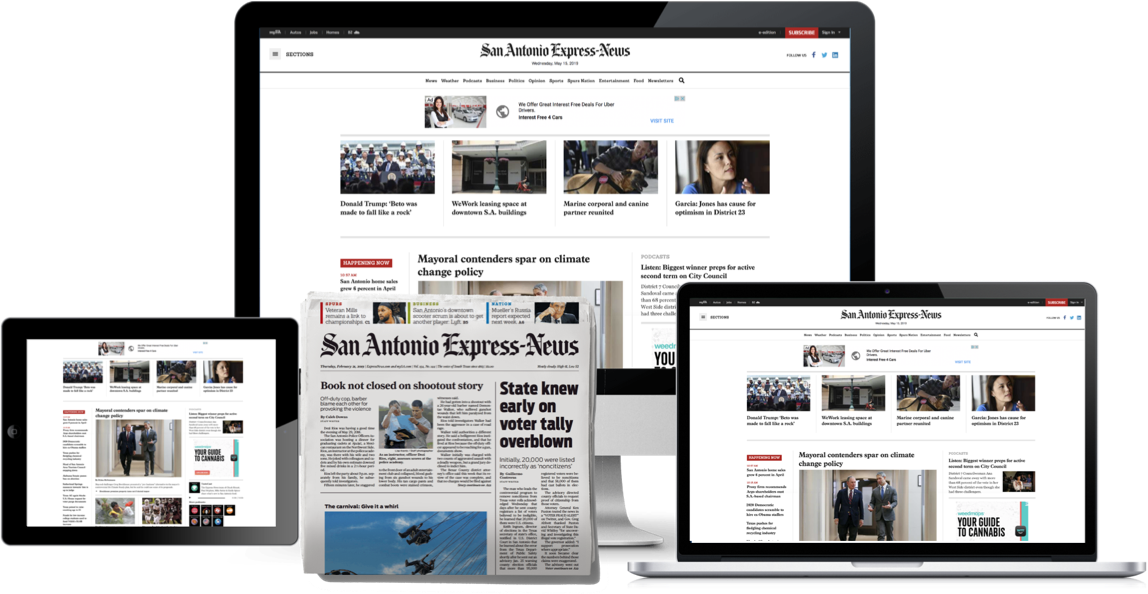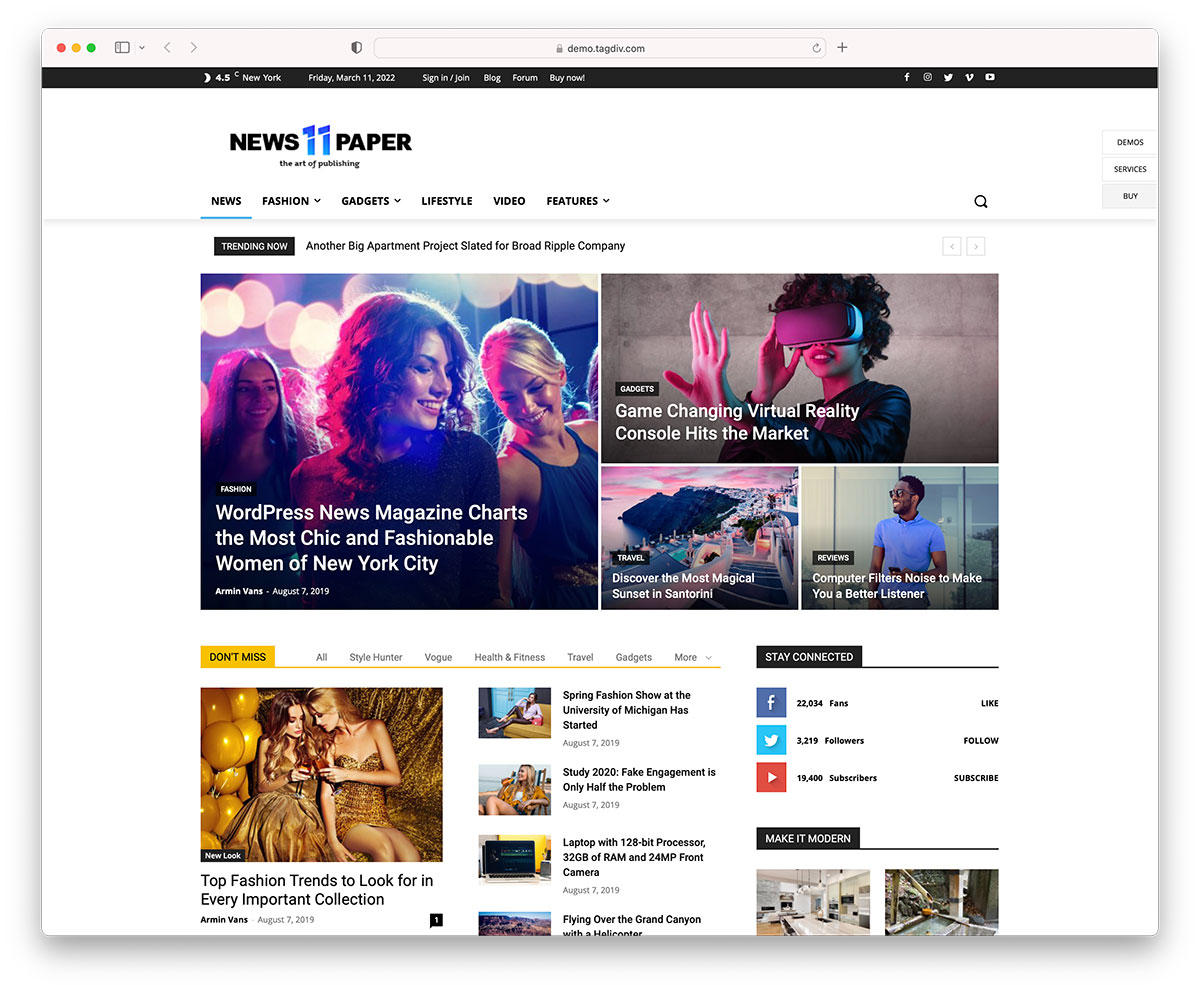The Single Strategy To Use For Popular News
Table of ContentsThe smart Trick of Popular News That Nobody is DiscussingPopular News - The Facts7 Easy Facts About Popular News ExplainedIndicators on Popular News You Need To Know
Age is likewise a consider the method individuals see the duty of social networks. More youthful social media information customers are much more most likely to state it has impacted their understanding for the far better. Regarding half of social media sites news consumers ages 18 to 29 (48%) claim information on social media sites makes them far better informed, compared to 37% of those 30 to 49, 28% of those 50 to 64, and 27% of those 65 and older.
Research study on a state's new tax obligation code likely won't produce the very same interest across state borders. Sometimes experts can help center a larger national story that impacts more than just a city or state.
If you are publishing relevant study, loop in MarComm prior to the post being published so that the pitch can highlight the latest element of the story: the publication of the study - Popular News. Occasions and announcements that entail prominent numbers are a lot more likely to create media insurance coverage. Visits from nationwide figures frequently require months of preparation as a result of anticipated area rate of interest
The Best Strategy To Use For Popular News
Stories usually entail some type of dispute. Necessarily, these stories are often controversial to some level. University team and faculty are normally viewed as objective specialists. We can help minimize possible reputational threat with these stories while additionally boosting the odds of producing coverage. While much of the above news values are interwoven, human passion tales often stand apart.
Human passion elements can include information worth to other stories that may show up to be lacking in the various other values. The uniqueness or peculiarity of a scenario can assist influence whether or not an information electrical outlet is likely to cover a story. While this is not an extensive list, inspecting to see if your story or occasion has these top qualities prior to contacting us will assist you figure out which elements hold one of the most news value.

There is also significant evidence that more consumers could begin to pay for information in the futureif publishers can comprehend them and offer them well. Half of those who do not spend for news proactively choose information and appear like clients in different methods. And virtually 2 in 10 of those that don't register for news currently show they are inclined to start to pay in the future.
What Does Popular News Mean?
We then ask a set of questions to determine whether people pay for particular kinds of information resources. We asked people to name the resources they use most oftenwhether they pay for them or nothow they utilize them, the particular things they consider crucial regarding them, and some associated questions regarding the price and value of useful source that resource.

Greater than 4 in 10 additionally cite the fact that close friends and family register for the very same product. Even more than a 3rd of individuals state they originally subscribed in response to a price cut or promo. In print, people likewise are moved heavily to register for get vouchers that conserve them cash, something that has untapped implications in electronic.
See This Report about Popular News
Regarding half are "news hunters," indicating they proactively look for out information as opposed to largely running across it in an extra passive means, though the information that nonpayers are looking for (in the meantime, a minimum of) is frequently about national politics. Like subscribers, a lot of these individuals also get news numerous times a day, make use of the news in means similar to clients, and have an interest in comparable subjects, including international or international information.
We asked everyone who informed us they have a normal totally free source of news exactly how most likely they would be to spend for it. More than a quarter (26 percent) state they would go to the very least rather most likely to start spending for itand 10 percent are very or extremely likely. These most likely payers often tend to be information seekers, and they also have a tendency to be people who currently my website spend for a news subscription in enhancement to the source they comply with completely free.
Of those that do pay, 54 percent subscribe to newspapers in print or digitally, which represents 29 percent of Americans my blog generally. The majority of them purchase a print publication in addition to their newspaper and pay for 2 to 4 news sources in total amount, some much more. And while 53 percent are veteran customers (5+ years), even more than a quarter (27 percent) have bought their newspaper registration within the previous year.
Few print subscribers think it likely they will certainly switch over to a digital-only membership in the future, and majority of those who favor electronic have actually never ever spent for a print version of the same resource (Popular News). Totally 75 percent of newspaper payers say they largely checked out the paper in print, while 21 percent are mainly digital users, and 4 percent define themselves as equally split